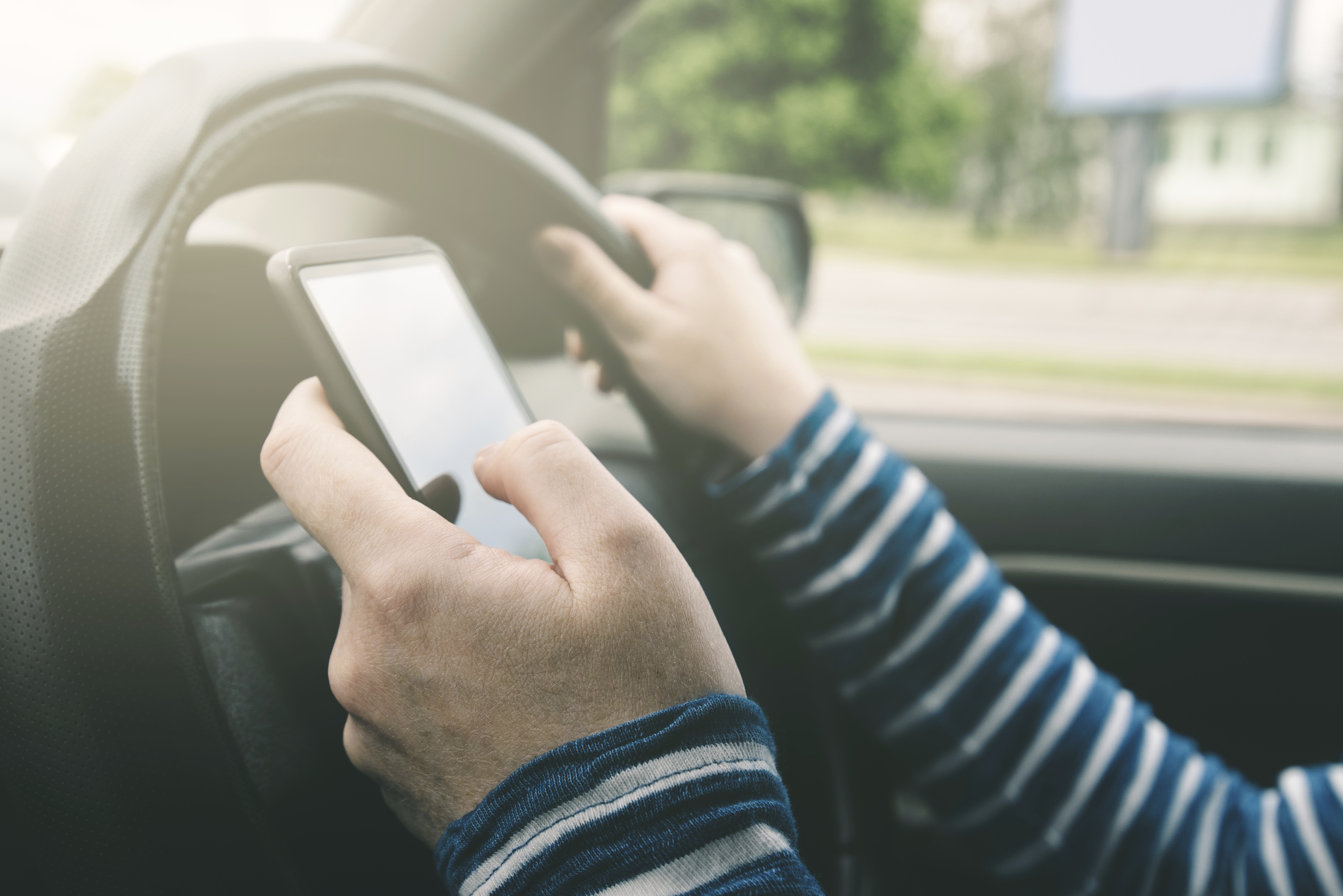
ILLEGAL mobile phone use by drivers is rising, according to new research.
Almost one-third (31%) of motorists admit to using a handheld phone behind the wheel compared to 8% in 2014, an RAC survey found.
The proportion of drivers who confessed to sending a message or posting on social media rose from 7% to 19% over the same period.
Some 14% of motorists even owned up to taking photographs or videos with their phone while driving.
The RAC claimed the use of handheld mobiles was “the biggest road safety concern among motorists today”.
The breakdown organisation believes a 27% fall in the number of full-time dedicated roads policing officers in England and Wales (excluding London) between 2010 and 2015 has left drivers with no fear that they will be caught for offences which are not detected by automatic cameras.
The survey of 1,714 UK motorists for the RAC’s annual Report on Motoring found that 7% of those who admitted using a mobile while driving said they did it because they knew they would get away with it.
Almost a quarter (23%) claimed it was an emergency, 21% said they needed information for their journey and 12% replied it was something they were in the habit of doing.
Department for Transport (DfT) figures show that a driver impaired or distracted by their phone was a contributory factor in 492 accidents in Britain in 2014, including 21 that were fatal and 84 classed as serious.
The Government is due to publish the results of a consultation which proposed introducing tougher punishments for illegal mobile use by drivers.
For non-HGV drivers the minimum fine is expected to rise from £100 to £150 while penalty points are set to increase from three to four.
RAC road safety spokesman Pete Williams said: “There is clear evidence that the illegal use of handheld phones by drivers to talk, text, tweet, post, browse and even video call is, if anything, on the increase.
“It is alarming to see that some drivers have clearly relaxed their attitudes to the risks associated with this behaviour but more worrying is the increase in the percentage of motorists who actually admit to using a handheld device when driving.
“The fact that drivers have little or no confidence that they will be caught when breaking these laws is a likely contributor to the problem and it is sadly the case that every day most road users see other drivers brazenly using their handheld phones when in control of a vehicle – a sight which should be a thing of the past.
“The use of handheld mobile phones is the biggest road safety concern among motorists today.”
READ MORE
Scotland’s taxi drivers are ‘working harder than three years ago’
Delivery driver survives horror motor vehicle smash

Enjoy the convenience of having The Sunday Post delivered as a digital ePaper straight to your smartphone, tablet or computer.
Subscribe for only £5.49 a month and enjoy all the benefits of the printed paper as a digital replica.
Subscribe